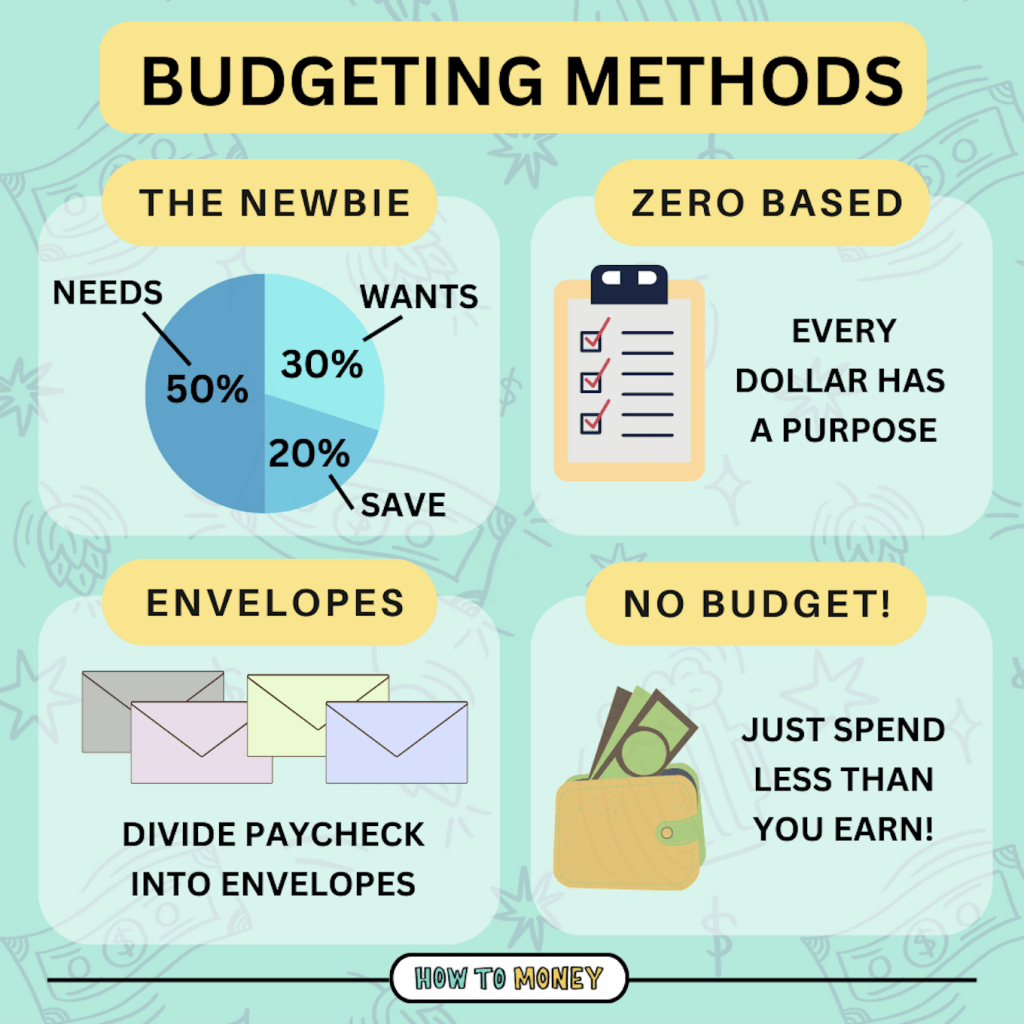
Money Reels: Educating and Entertaining in the Age of Short-Form Video
In the fast-paced world of social media, where attention spans are shrinking and visual content reigns supreme, a new breed of financial literacy tool has emerged: the money reel. These short-form videos, typically found on platforms like Instagram, TikTok, and YouTube Shorts, are transforming how people learn about personal finance. By blending education with entertainment, money reels are making complex financial topics accessible, engaging, and even fun for a wide audience.
The Rise of Short-Form Financial Education
Traditional financial education often involves lengthy articles, dense textbooks, and dry lectures. While these resources have their place, they can be intimidating and inaccessible to many, particularly younger generations who have grown up consuming content in bite-sized formats. Money reels address this gap by delivering concise, visually appealing information that captures attention and sparks curiosity.
Several factors have contributed to the rise of money reels as a financial education tool:
-
Accessibility: Short-form video platforms are ubiquitous, with billions of users worldwide. This widespread accessibility makes it easy for people to discover and consume financial content.
-
Engagement: Money reels leverage the power of visual storytelling, humor, and relatable scenarios to keep viewers engaged. They often feature trending sounds, creative editing, and engaging on-screen personalities, making learning feel less like a chore and more like entertainment.
-
Conciseness: In a world of information overload, brevity is a virtue. Money reels distill complex financial concepts into easily digestible nuggets of information, making them perfect for busy individuals who want to learn on the go.
-
Relatability: Many money reels feature creators who share their own personal finance struggles and successes, making the content feel relatable and authentic. This helps viewers connect with the material on a deeper level and feel empowered to take control of their own finances.
What Makes a Good Money Reel?
Not all money reels are created equal. The most effective ones share several key characteristics:
-
Clear and Concise Messaging: A good money reel focuses on a single, specific topic and delivers the information in a clear and concise manner. Avoid jargon and technical terms that may confuse viewers.
-
Visual Appeal: Eye-catching visuals are essential for capturing attention and keeping viewers engaged. Use high-quality footage, creative editing, and engaging graphics to make your reels visually appealing.
-
Relatable Scenarios: Use real-life examples and relatable scenarios to illustrate financial concepts. This helps viewers understand how the information applies to their own lives.
-
Actionable Advice: Provide viewers with concrete steps they can take to improve their financial situation. Whether it’s opening a high-yield savings account, creating a budget, or negotiating a raise, actionable advice empowers viewers to take control of their finances.
-
Entertainment Value: Infuse your reels with humor, personality, and creativity to make learning fun. Use trending sounds, creative editing, and engaging on-screen personalities to keep viewers entertained.
-
Credibility and Accuracy: Always ensure that the information you share is accurate and credible. Cite your sources and consult with financial professionals if necessary.
Topics Covered by Money Reels
Money reels cover a wide range of personal finance topics, including:
-
Budgeting and Saving: Tips for creating a budget, tracking expenses, and saving money for specific goals.
-
Debt Management: Strategies for paying off debt, including credit card debt, student loans, and mortgages.
-
Investing: Introduction to investing, including stocks, bonds, mutual funds, and ETFs.
-
Credit Scores: Explanation of credit scores and how to improve them.
-
Taxes: Basic tax concepts and tips for filing taxes.
-
Real Estate: Advice on buying, selling, and renting real estate.
-
Side Hustles: Ideas for earning extra income through side hustles and freelancing.
-
Financial Mindset: Tips for developing a healthy financial mindset and overcoming limiting beliefs about money.
Benefits of Learning Through Money Reels
Learning about personal finance through money reels offers several benefits:
-
Convenience: Money reels can be watched anytime, anywhere, making it easy to fit financial education into a busy schedule.
-
Accessibility: Short-form video platforms are accessible to a wide range of people, regardless of their income, education, or location.
-
Engagement: Money reels are designed to be engaging and entertaining, making learning fun and accessible.
-
Relatability: Many money reels feature creators who share their own personal finance struggles and successes, making the content feel relatable and authentic.
-
Actionable Advice: Money reels often provide viewers with concrete steps they can take to improve their financial situation.
Potential Drawbacks
While money reels offer many benefits, it’s important to be aware of their potential drawbacks:
-
Oversimplification: The concise nature of money reels can sometimes lead to oversimplification of complex financial concepts.
-
Misinformation: Not all money reels are created equal, and some may contain inaccurate or misleading information.
-
Lack of Depth: Money reels are not a substitute for comprehensive financial education. They should be used as a starting point for further learning.
-
Financial Advice Disclaimer: Many content creators are not financial advisors. Be careful about taking advice without consulting a professional.
How to Use Money Reels Effectively
To get the most out of money reels, follow these tips:
-
Seek Reputable Creators: Look for creators who have a background in finance or who have a proven track record of providing accurate and reliable information.
-
Cross-Reference Information: Don’t rely solely on money reels for your financial education. Cross-reference information with other sources, such as books, articles, and websites.
-
Consult with a Financial Professional: If you have complex financial questions or need personalized advice, consult with a qualified financial advisor.
-
Be Skeptical: Be wary of money reels that make unrealistic promises or promote get-rich-quick schemes.
-
Take Action: Don’t just watch money reels – take action on the information you learn. Create a budget, pay off debt, or start investing.
The Future of Financial Education
Money reels are revolutionizing financial education by making it more accessible, engaging, and entertaining. As short-form video continues to grow in popularity, we can expect to see even more innovative and creative ways to teach people about personal finance.
Conclusion
Money reels are a powerful tool for educating and entertaining people about personal finance. By leveraging the power of short-form video, these reels are making complex financial topics accessible, engaging, and even fun for a wide audience. While it’s important to be aware of the potential drawbacks of learning through money reels, when used effectively, they can be a valuable resource for improving financial literacy and empowering people to take control of their finances.


